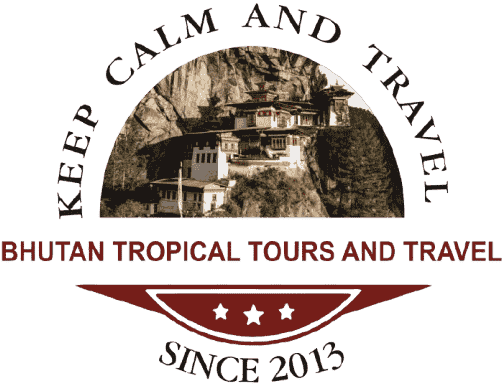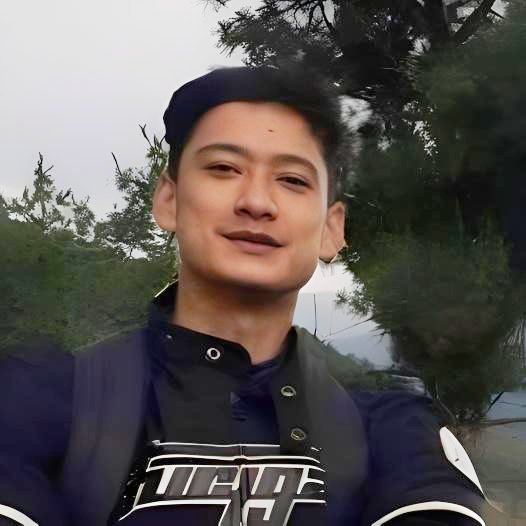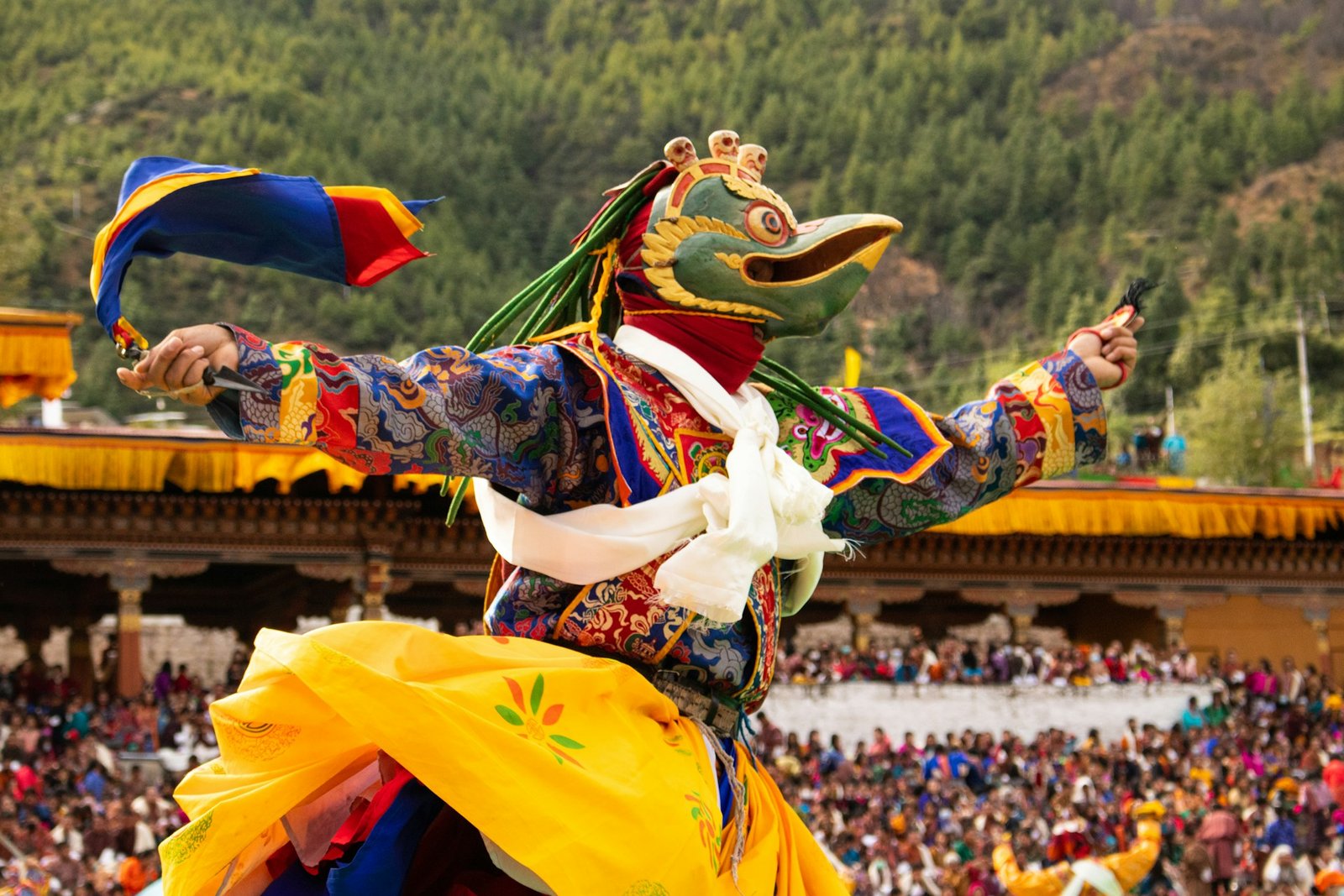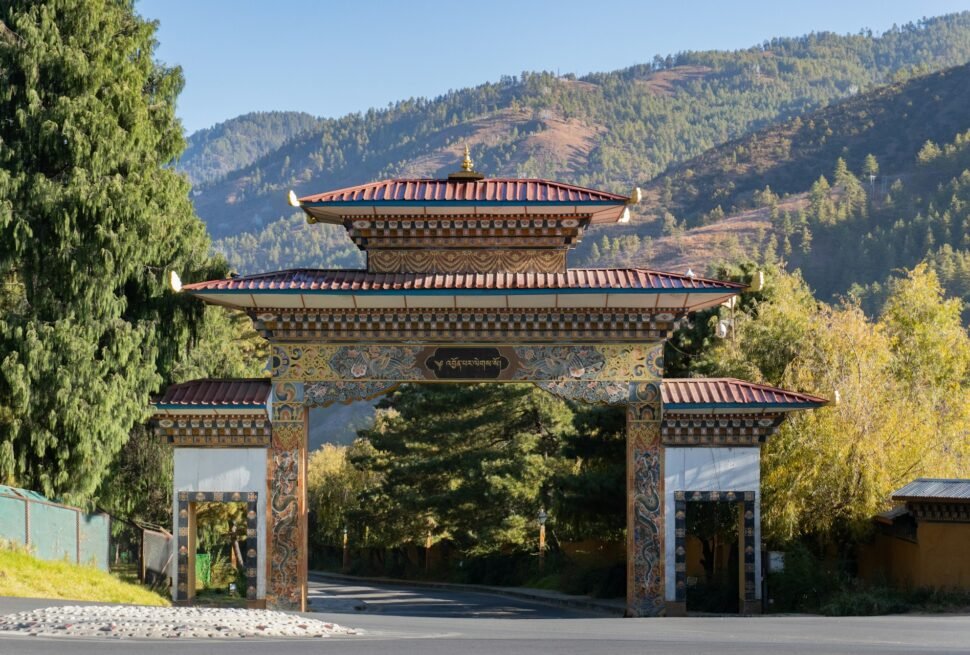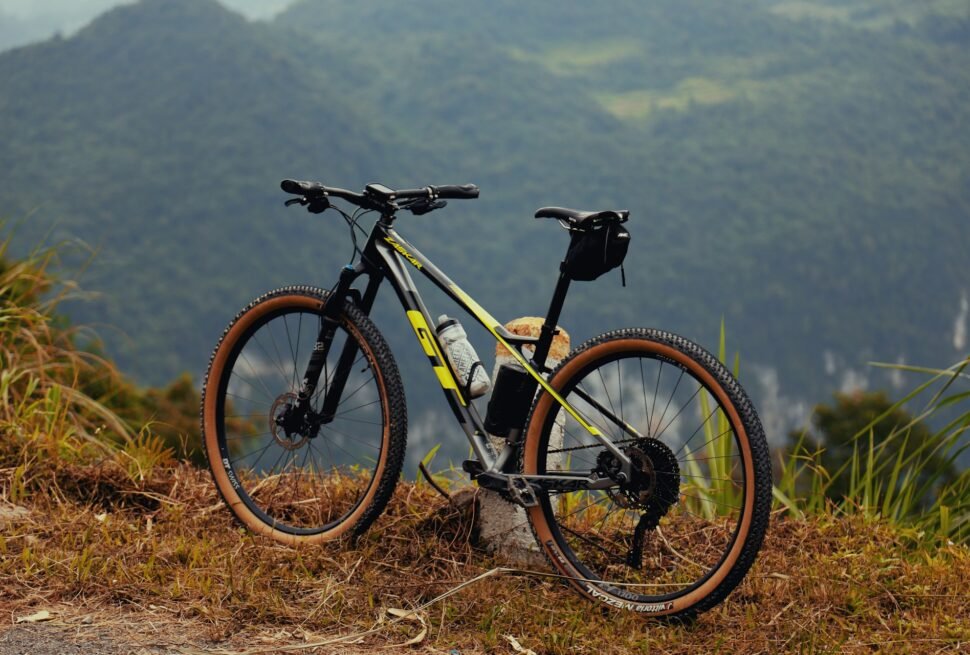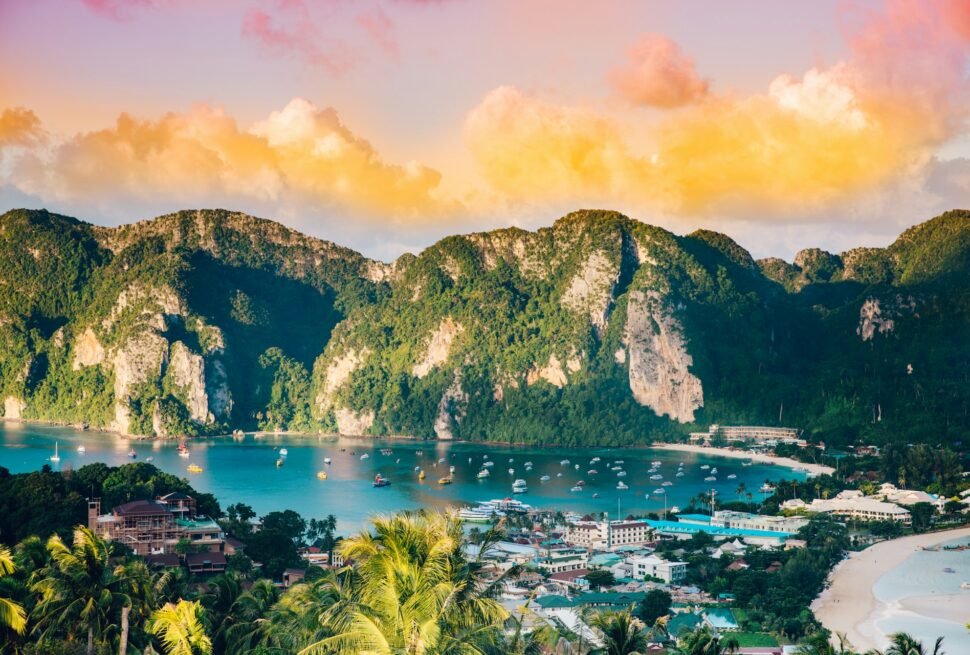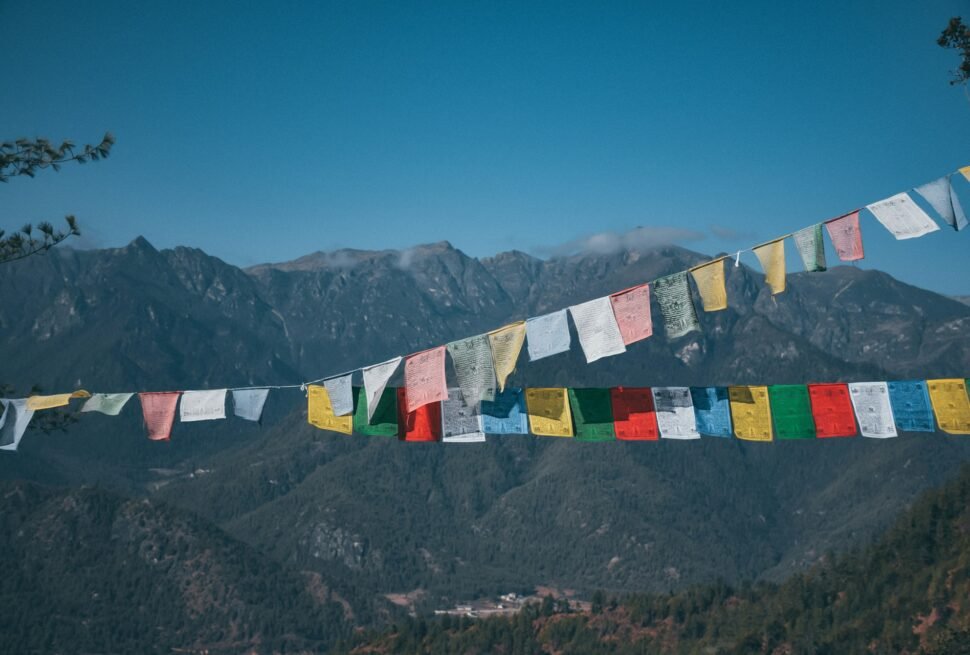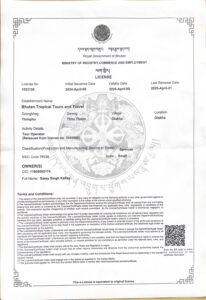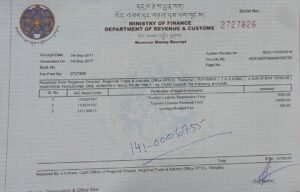Bhutan is a land where traditions breathe, prayer flags flutter in the wind, and spirituality pulses through every valley and village. Among its most vibrant expressions of culture are the country’s festivals, or “Tshechus”, which offer a unique glimpse into Bhutanese life, devotion, and art. For travelers, attending a Bhutanese festival is more than sightseeing—it’s an immersive cultural experience.
Here’s everything you need to know about the most famous festivals in Bhutan, including what to expect, when to go, and how to make the most of your visit.
What Are Tshechus?
“Tshechu” literally means “tenth day” and refers to religious festivals held on the tenth day of a lunar month (usually in honor of Guru Rinpoche, the saint who brought Buddhism to Bhutan). These festivals are held in dzongs (fortress-monasteries) and temples across the country, bringing together locals dressed in their finest attire for days of masked dances, music, prayers, and blessings.
Top Festivals in Bhutan
1. Paro Tshechu (March/April)
Where: Paro Dzong, Western Bhutan
Why Visit: One of Bhutan’s largest and most popular festivals, Paro Tshechu features elaborate mask dances and culminates in the unveiling of the giant Thongdrel (a sacred tapestry) at dawn.
Traveler Tip: Arrive early for the Thongdrel unveiling on the final day—locals believe just viewing it purifies sins.
2. Thimphu Tshechu (September/October)
Where: Tashichho Dzong, Thimphu
Why Visit: Held in the capital city, it’s ideal for travelers who want to experience the festival alongside sightseeing and cultural exploration. It includes rare Cham dances and a bustling social scene.
Good For: First-time travelers, photography, families.
3. Jambay Lhakhang Drup (October/November)
Where: Bumthang, Central Bhutan
Why Visit: Famous for the mystical midnight fire ceremony and the “naked dance” performed to bless infertile women and ward off evil spirits. This is one of Bhutan’s most unique and deeply spiritual festivals.
Traveler Tip: Bumthang is a long drive from Thimphu—plan a multi-day trip with stops in Trongsa or Gangtey.
4. Punakha Drubchen & Tshechu (February/March)
Where: Punakha Dzong
Why Visit: Features a dramatic recreation of historic battles against Tibetan invaders. Punakha Drubchen is unique to Bhutan and blends history with culture. It’s followed by Punakha Tshechu—a more religious affair with mask dances and blessings.
Good For: Cultural immersion, festival photography, visiting Punakha Dzong.
5. Haa Summer Festival (July)
Where: Haa Valley, Western Bhutan
Why Visit: Unlike religious tshechus, this festival celebrates nomadic culture, food, yak herding, and traditional sports like archery. It’s a great chance to engage with locals in a rural setting.
Ideal For: Adventure travelers, off-the-beaten-path explorers.
6. Black-Necked Crane Festival (November)
Where: Phobjikha Valley
Why Visit: Held to honor the endangered cranes that migrate to the valley every winter. Local children perform crane dances, and the event raises awareness of conservation and community values.
Perfect For: Birdwatchers, eco-travelers, families with children.
What to Expect at a Festival
- Colorful Traditional Dress: Locals wear their finest kira (for women) and gho (for men).
- Cham Dances: Sacred masked dances that tell stories of morality, mythology, and history.
- Religious Blessings: Monks offer blessings; you may receive holy water or sacred threads.
- Festive Atmosphere: Expect picnics, laughter, local food stalls, and community bonding.
Tips for Attending Festivals in Bhutan
- Dress Modestly: Cover shoulders and legs; wearing traditional Bhutanese attire is appreciated.
- Respect Sacred Spaces: Don’t point your feet toward altars, and avoid stepping into dance arenas.
- Photography Etiquette: Ask before photographing monks or dancers; flash is usually not allowed.
- Get There Early: Seating fills up fast—especially on the final day.
- Use a Guide: A local guide will help explain the deeper meanings behind dances and rituals.
Best Time to Visit for Festivals
Bhutanese festivals occur throughout the year, but the peak festival seasons are:
- Spring (March to May)
- Autumn (September to November)
These months also offer pleasant weather and clear skies for sightseeing, trekking, and photography.
Final Thoughts: The Spirit of Bhutan in Celebration
Festivals in Bhutan are not tourist shows—they are living traditions. Attending one is like stepping into the heart of Bhutanese culture: vibrant, spiritual, and full of life. Whether you’re there to witness the sacred Cham dances, explore the vibrant streets around a dzong, or simply soak in the atmosphere of joy and devotion, these celebrations leave a lasting impression on the soul.
If you’re planning a trip to Bhutan, time it with a local festival—you won’t just visit Bhutan, you’ll experience it.
